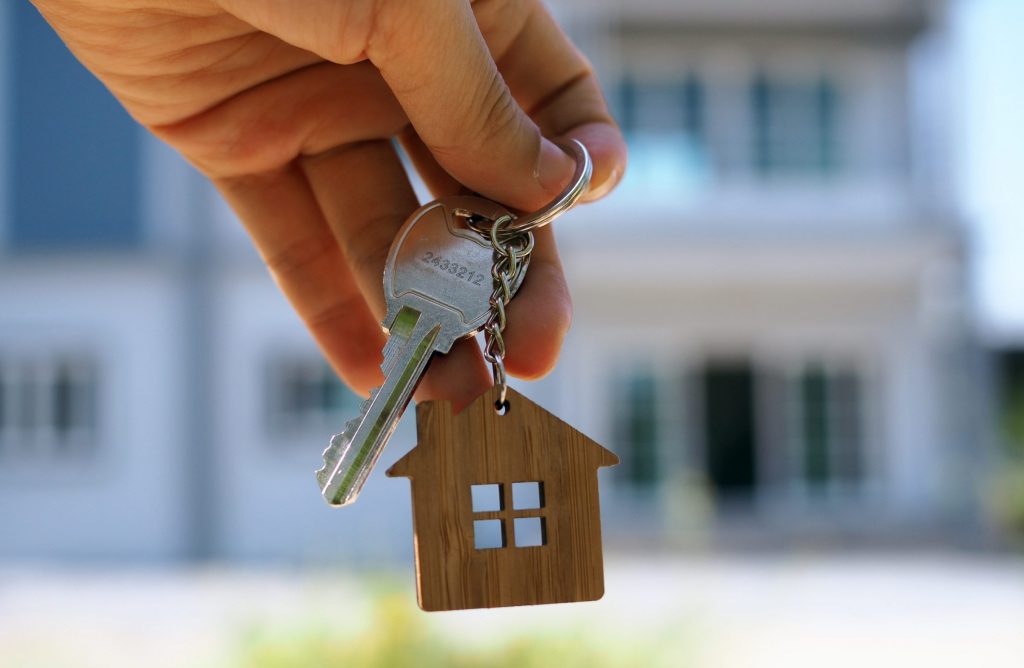Looking to rent out your property? Bendles has compiled an essential check list of the key requirements to remember:
- Permission
If you have a mortgage on the property that you are wanting to rent out, you will need to seek permission from your lender to do so. They may ask you to switch to a buy-to-let mortgage and may impose limitations on the type of tenant you are able to let out to.
If you are a leaseholder, you will need to contact your freeholder to seek permission to let the property out. However, if the freeholder allows you to let the property out, they may impose conditions such as the length of time you are able to let the property out for.
- Gas and Electricity
A Gas Safety check will need to be carried out at the property by a Gas Safe registered engineer every year. If any recommendations are required, these will need to be fixed prior to the tenants moving into the property.
An Electrical Installation Condition Report (EICR) must also be conducted at the property and a copy of this report must be served on the tenant within 28 days. Again, any recommendations will need to be fixed prior to the tenant moving into the property.
- Energy Performance Certificate (EPC)
All Landlords must have a copy of the EPC to show the tenant how efficient the property is. Currently, properties being rented out must have an energy performance rating of at least band E or above however, the law is changing from 2025, properties being rented out must have a rating of C or above. This means that if the performance rating falls below the minimum rating, work must be carried out to improve the efficiency of the property.
- Smoke/Carbon Monoxide alarms
Landlord’s must ensure that they install a smoke alarm on each floor of the property as well as a carbon monoxide alarm in any accommodated room that houses a solid fuel appliance. It is important to have these tested and ensure that they are in working order.
- Legionnaires’ Disease
If you are a landlord and rent out your property, then you have a responsibility to ensure the health and safety of your Tenant by keeping the property safe. You must assess the property for the risk of Legionnaire’s Disease however the Landlord can carry out this assessment themselves and do not need to hire a specialist to carry out the assessment on their behalf.
- Furniture
It is common for Landlords to leave furniture at the property for their tenants such as sofas, chairs, beds, and mattresses. It is essential that the Landlord check that any furniture provided complies with the Furniture and Furnishings (Fire Safety) Regulations, which can be checked by looking at the care label or checking with the manufacturer.
It is also beneficial, although not required, to make an inventory of furniture left at the property on the first day and have this signed by both the Landlord and Tenant. This is useful to refer to at the end of the tenancy.
- Right to Rent
Before moving into the property, the Landlord must check that the Tenant has a right to rent the property, that they have a legal right to reside in the UK. You must perform a Right to Rent Check by checking the original documentation provided by the tenant.
- Registering the security deposit
If a security deposit is being held then it must be registered with a Government approved scheme. There are three schemes available Deposit Protection Service, MyDeposits and Tenancy Deposit Scheme. By registering the deposit in a scheme, this ensures that the Tenant will receive their deposit back provided they meet the requirements of the Tenancy Agreement, don’t damage the property, and pay their bills/rent. The Tenants must be informed of how their deposit is being held within 30 days from the date you are paid by the Tenant.
- Assured Shorthold Tenancy Agreements
An assured shorthold tenancy is the most common tenancy if you rent from a private landlord or letting agent. This sets out the term of the tenancy along with the rent payable, the rent payment date and the tenancy deposit scheme. This must be signed by the Tenants and a copy made readily available to them.
- How to Rent checklist
The How to Rent guide must be provided to the Tenant when they move into the property to help them understand their rights and responsibilities such as what to do at the end of a tenancy and what to do if things go wrong. This should be signed and returned.
For further information or for an Assured Shorthold Tenancy Agreement, call our office on 01228 522215 (Carlisle) or 016973 42121 (Wigton).

